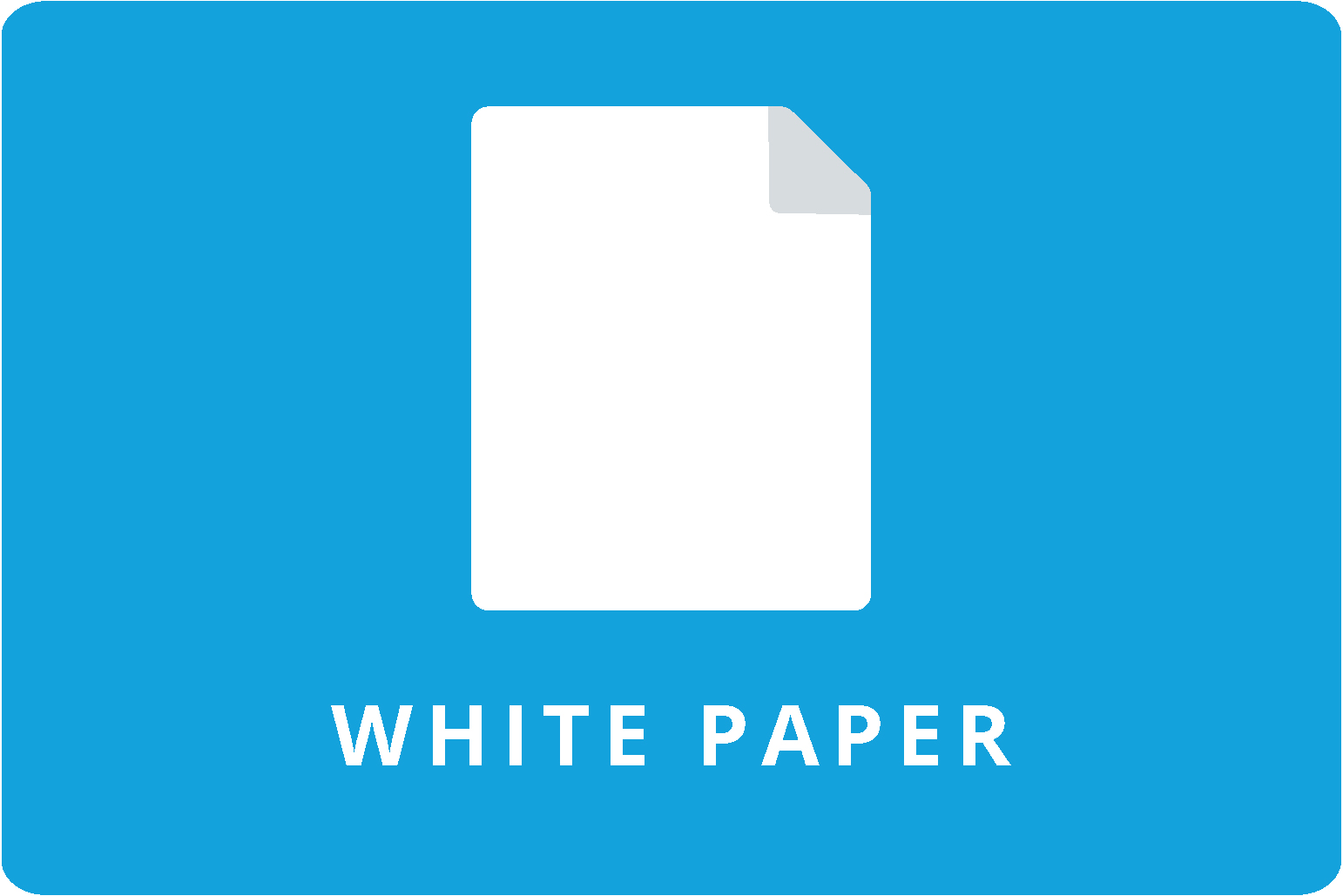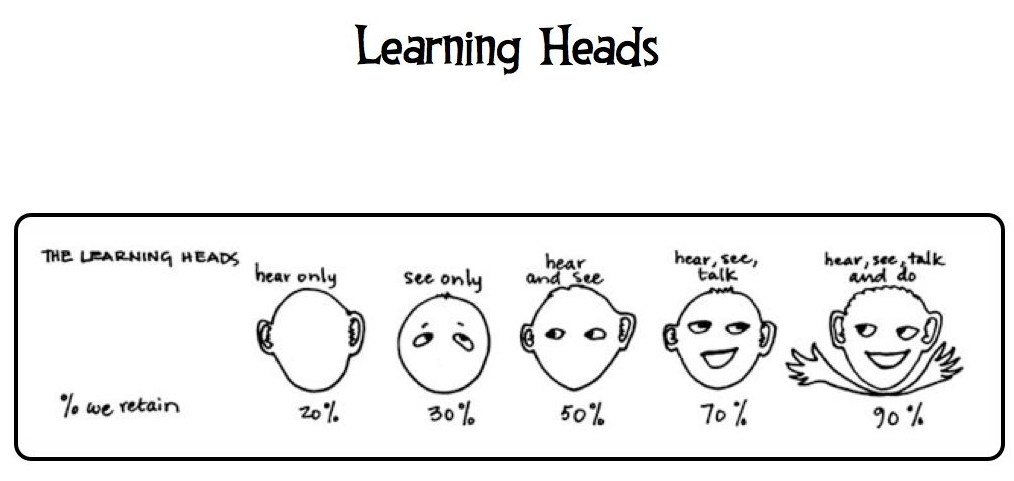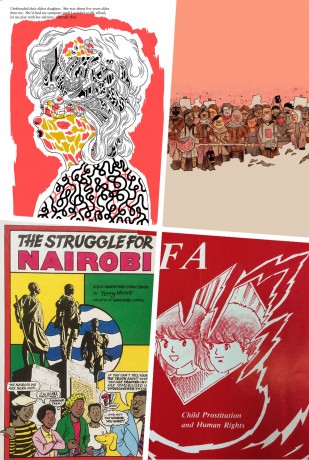
For today’s class we read: What Makes NYC Run? A Citizens Guide to How City Government Works. By The League of Women Voters (2008) p. 13-47 and 67-77. During class each group worked to specify its policy recommendations in relation to your research findings and what you know about the power of City Council.
Policy Recommendations are solutions that you propose that will make a systematic change to a problem you have identified through your research; these are specific, targeted to a particular person or entity with the power to make the change that you propose.
I also handed out outlines for your white papers: White papers are informative, persuasive documents written by an experts some issue, for a particular outside audience. They typically provide a concise overview of a complex problem, and propose specific actions that the target audience can and should take to address the problem. Each of your groups has a complex problem related to the Future of NYC that you are working with a community contact to address. The white papers you develop should be be targeted to City Council, NYC’s legislative body. You might also consider addressing your reports to particular council members and/or committees.
Model Outline for Your White Papers
Below is an outline of contents that typically go in a participatory action research report or white paper informed by community-based research. You may need to add and omit sections, depending on your organization and issue of focus.
Preface Sections:
1. About the Authors: List the organization(s) with a brief description of the mission and work. Include organizational logos if possible.
2. Acknowledgements: Acknowledge all of the individuals, organizational partners, members, and funders that made the report possible.
3. Foreword: Including a foreword from a well-known public figure or scholar can help raise the profile of your report and draw in readers.
4. Table of Contents: Present all of the sections of the report with corresponding page numbers in a clear and concise manner. You may also want to include a list of all the tables and charts in your report.
The Report:
5. Executive Summary: Should concisely summarize the report. Because this is the section that will be read the most, it should include the most significant research findings, data and policy recommendations.
6. Introduction and Background: Use this section to frame your report and to introduce the issue and/or community of focus. This section can include pertinent historical information, secondary data and a review of literature.
7. Research Methods: Describe of all of the research methods you used in the report. Include demographic information about your research sample, the sample strategy you used, who conducted the research, when the research was conducted and any challenges or limitations to your research that may have significantly impacted your findings.
8. Research Findings: Present all of your significant research findings from the data you collected in this section. Consider formatting this section by research finding including a brief background, summary of the finding, and relevant quantitative and qualitative data that supports the finding. Look for creative ways to present your quantitative data (charts, tables, graphs etc.), and your qualitative data (pullout quotes, individual member profiles or biographies with photos). Try to present the data so that the most important findings pop out the most.
9. Political Context: Describe the present political climate with information about relevant laws, legislation, and government funding related to the issue. This section should lay the foundation for the specific policy recommendations you propose in the following section.
10. Policy Recommendations: This section should present your policy recommendations in bulleted and easy to read format. Each policy recommendation should be directed at one or more specific entity that has the power to create or implement the policy you are recommending.
11. Conclusion: This section should sum up the main points of your report and include the core information you want the reader to take away after reading the report. It should also be inspirational, forward looking and act as a sort of “call to action” for the reader.
12. Appendix: Include addendum documents or information that clarify or strengthen your argument. Often appendix sections include tables, charts, and graphs of relevant information that are too bulky or too detailed to include in the body of the report. This can also include additional details from your methodology or a glossary of terms or acronyms that you use throughout the report.
13. Endnotes/Footnotes: Put all of your citations in this section; consider also including a bibliography of works cited. There are different formats you can use for citing works, but be sure that whatever format you chose, you are consistent for all of your footnotes or endnotes. Some types of publications, such as very technical or legal reports, may require footnotes but usually endnotes will suffice. Additional resources on citations include:
http://www.lib.berkeley.edu/instruct/guides/citations.html
http://owl.english.purdue.edu/owl/resource/747/01/
http://owl.english.purdue.edu/owl/resource/717/01/






 Here are some guiding questions to help guide your design process:
Here are some guiding questions to help guide your design process:




 Portrait of South Bronx community action group Banana Kelly, New York, New York, March 23, 1979. (Harry DeRienzo is the founder and director of Banana Kelly)
Portrait of South Bronx community action group Banana Kelly, New York, New York, March 23, 1979. (Harry DeRienzo is the founder and director of Banana Kelly)
 And the Transformative Model, which aims to address the root causes of shared problems and achieve shared goals. (ie. South Bronx Unite protesting the relocation of Fresh Direct to the neighborhood)…
And the Transformative Model, which aims to address the root causes of shared problems and achieve shared goals. (ie. South Bronx Unite protesting the relocation of Fresh Direct to the neighborhood)…


